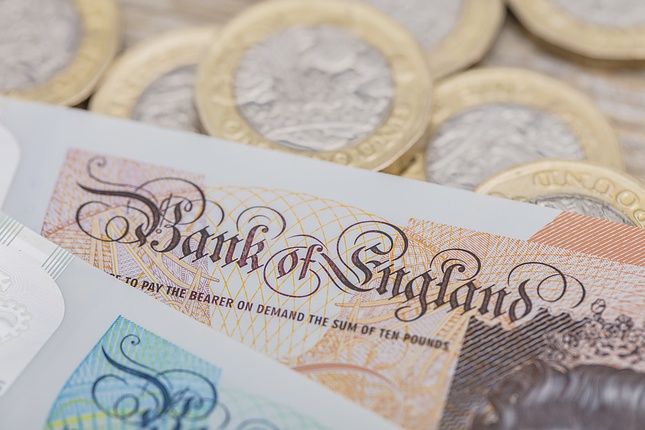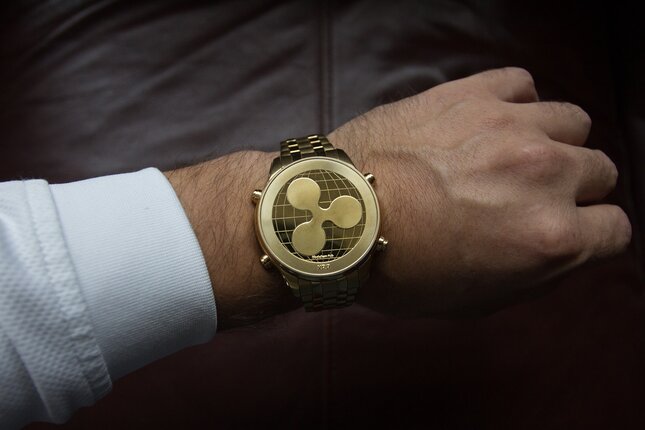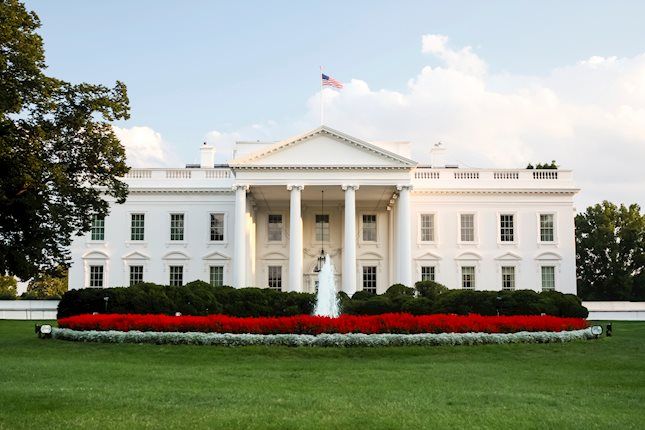Markets
US yields closed this week’s opening session 8.3 bps (2-yr) to 11.3 bps (10-yr) higher. For the US 2-yr yield, it was the highest close since mid-August and above the strong 4%-resistance area. The US 10-yr yield finished above 4.2%, completely erasing the August market-meltdown setback to 3.6% mid-September. Don’t go searching for any eco data to explain yesterday’s dynamics. Once September US eco data (payrolls, CPI inflation, retail sales) ruled out the need for the Fed to stick to its bold opening move, focus gradually turned from the November 7 Fed meeting to that other key event the same week, November 5 US presidential elections. Both candidates continue to be neck and neck in the polls. As we near ballot date, markets especially prepare for the potentially most eruptive outcome which would be a Trump win. Recall that a Trump presidency would add $7.5tn to an already yawning $22tn cumulative deficits over the next decade (Harris: +$3.5tn). These bloated public finances in an interest rate environment which can no longer be labelled by acronyms like ZIRP of NIRP cry for a return of credit risk premia. We see the same thing happening in Europe, with underperformance of bonds from countries like France and Belgium compared to countries who have finances better in check (eg Portugal, but also Italy for the moment). In theory, such worries should trigger more bear steepening of yield curves. The relatively strong increase at the front end of the US curve might be linked to comments from Minneapolis Fed Kashkari who wondered whether the neutral rate is higher still (economic resilience) than policy makers currently take into account (already a reset compared to prepandemic levels) and who stressed that rates will be higher if deficits go to the moon. The latest upleg in US yields has been primarily driven higher real rates instead of inflation expectations. German yields shadowed the US move yesterday, with yields ending the session 7.2 bps (2-yr) to 9.9 bps (10-yr) higher. On FX markets, the dollar closed at its best level against the euro since the weak July payrolls report (Aug 2). EUR/USD changes hands at 1.0820, preparing for a test of 1.0778 support. In the run-up to US elections, by default USD-strength could continue not only because of yield and economic divergence, but also because of a negative Trump-premium for the USD’s counterparts fearing a very hawkish trade policy. We expect current market to continue today given the thin eco calendar (only Richmond Fed business survey). Speeches by BoE Bailey and ECB Lagarde are wildcards for trading.
News and views
Brazil’s central bank chief Campos Neto sees “this huge de-anchoring” of inflation expectations from the 3% target as he explained last month’s decision to return to rate hikes to 10.75% after the 4-month pause that followed a cutting cycle (from 13.75% to 10.50%). The inflation convergence towards target has stalled, he said. Services inflation is a particular worry and a tight labour market indicates that it needs to be monitored closely. It’s “a puzzle” to the central bank governor why the labour market continues to be this strong. He said the fiscal narrative is only part of the answer. With economic growth having consistently surprised to the upside, Campos Neto thinks there is a structural element as well following the range of reforms implemented over the past 5 to 10 years. The central bank’s next meeting is November 6, in between the US elections and the Fed meeting but that doesn’t necessarily means they won’t act, especially with the Brazilian real hovering close to record lows (USD/BRL 5.7).
Bank of England rate setter Megan Greene in an Op-ed for the Financial Times said she favoured a gradual approach to monetary easing. Her comments contrast with those of governor Bailey who called for a more activist stance. Greene said rate hikes have spurred consumers to save more. This higher-than-historical savings rate of >10% easily tops that in the US (5%) and was also driven out of precaution in the wake of successive (pandemic and energy) shocks. Real consumption as a result is a mere 1.5% above pre-Covid levels compared to 13% in the US even as British real incomes have been rising for more than a year now. For Greene there’s a risk that lowering the policy rate may trigger the exact opposite move, releasing pent-up demand that’s currently stored in savings. One opposing risk factor is the full impact of higher mortgage rates that has yet to pass through. But given the uncertainty, Greene said the central bank should move cautiously.
This non-exhaustive information is based on short-term forecasts for expected developments on the financial markets. KBC Bank cannot guarantee that these forecasts will materialize and cannot be held liable in any way for direct or consequential loss arising from any use of this document or its content. The document is not intended as personalized investment advice and does not constitute a recommendation to buy, sell or hold investments described herein. Although information has been obtained from and is based upon sources KBC believes to be reliable, KBC does not guarantee the accuracy of this information, which may be incomplete or condensed. All opinions and estimates constitute a KBC judgment as of the data of the report and are subject to change without notice.
Recommended Content
Editors’ Picks

EUR/USD holds steady above 1.0800, looks to post weekly losses
EUR/USD trades marginally higher on the day above 1.0800 after the data from the US showed that Durable Goods Orders declined by 0.8% in September. Nevertheless, the pair remains on track to close the fourth consecutive week in negative territory.

GBP/USD extends recovery to 1.3000 area
GBP/USD extends its recovery and trades at around 1.3000 in the American session on Friday. The US Dollar struggles to gather strength as the market mood remains positive heading into the weekend, allowing the pair to hold its ground.

Gold fluctuates in narrow range below $2,750
Gold stays in a consolidation phase and fluctuates in a relatively tight range below $2,750 on Friday. US Treasury bond yields stabilize in the American session, making it difficult for XAU/USD to gather directional momentum.

Crypto Today: XRP, Bitcoin and Ethereum decline as Ripple files response to SEC appeal
XRP loses over 1.30% as Ripple's executive confirms the filing of an important document in the appeals process in the SEC lawsuit. Bitcoin corrects less than 1% and sustains above $67,500. Ethereum is down nearly 0.20%, holding above the key support level of $2,500.

US elections: The race to the White House tightens
Trump closes in on Harris’s lead in the polls. Neck and neck race spurs market jitters. Outcome still hinges on battleground states.

Best Forex Brokers with Low Spreads
VERIFIED Low spreads are crucial for reducing trading costs. Explore top Forex brokers offering competitive spreads and high leverage. Compare options for EUR/USD, GBP/USD, USD/JPY, and Gold.